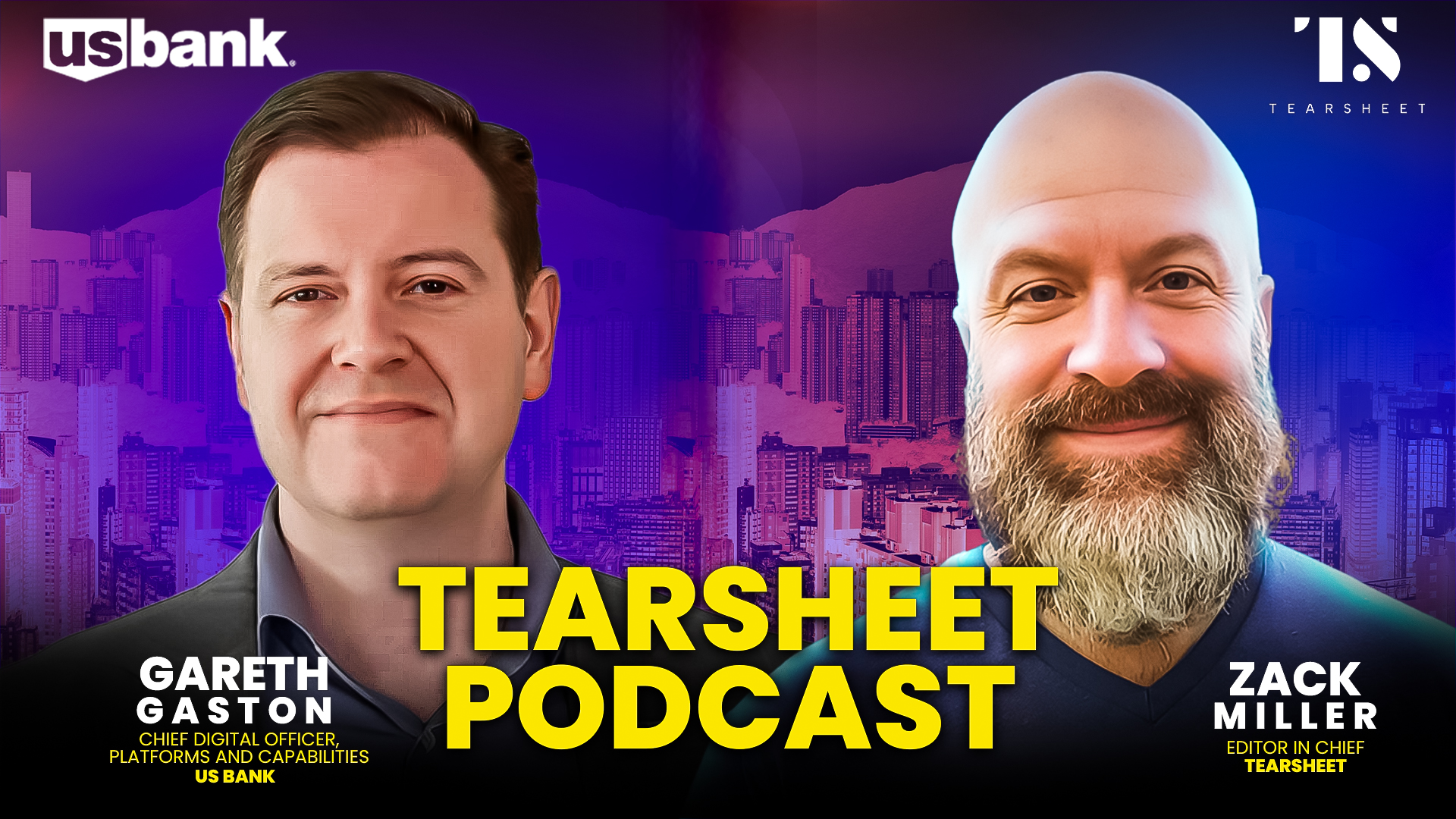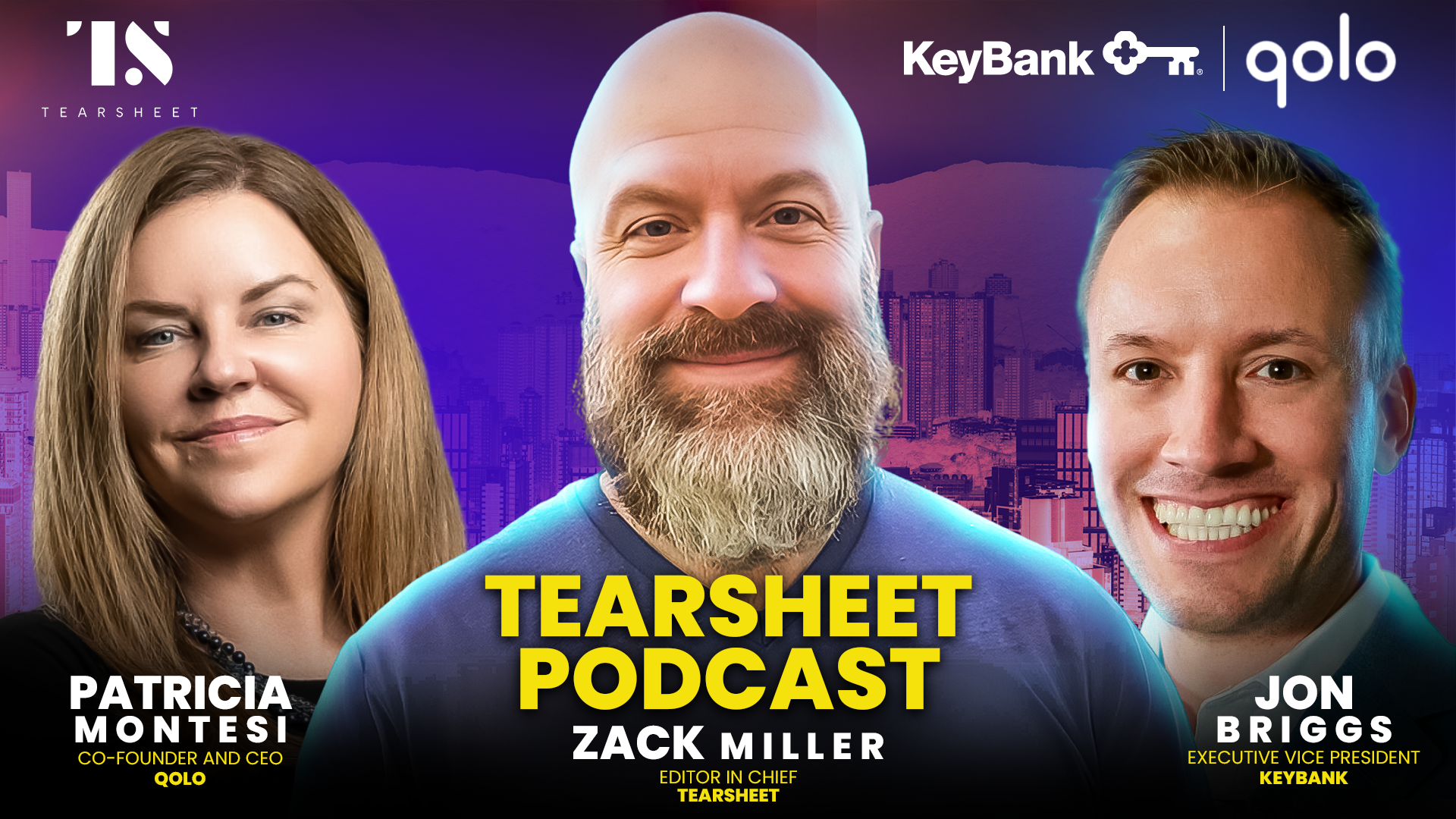In an evolving financial landscape, US Bank has emerged as a leader in digital transformation. It has reshaped the way customers interact with their finances. Today’s episode of the Tearsheet podcast features Gareth Gaston, Chief Product Officer of Digital Platforms at U.S. Bank. He discusses the bank’s decade-long journey of innovation and customer-centric development.
“We’ve been on a multi-year journey on digital transformation across all facets that you can think of digital,” Gaston explains. This transformation has been more than just a technological upgrade. It’s been a cultural shift that has positioned U.S. Bank at the forefront of banking innovation.
The journey began with the recognition that customers were using more than just physical branches. “When we started this journey, we were renting all our digital tools,” Gaston recalls. “We didn’t have a mobile app. We were kind of renting our online banking and bill pay.”
From these humble beginnings, U.S. Bank has built its own digital platform and in doing so, laid the groundwork for successful future product development. In doing so, it has created award-winning apps and platforms that serve millions of customers.
Here’s my conversation with U.S. Bank’s Gareth Gaston.
Evolution of U.S. Bank’s Digital Transformation
U.S. Bank’s initial move was to shift from renting digital tools to creating their own. This allowed them to develop in-house products tailored to their needs. This shift allowed for greater control over the customer experience. It resulted in faster innovation cycles.
“We rebuilt our app from the ground up, below the glass and above the glass, as we call it,” Gaston shares. This effort paid off. The app got the recognition for “the best app in banking” shortly after its launch.
Expanding Digital Services
The bank did not stop at mobile apps. They expanded their digital offerings to include:
- A voice assistant, now recognized as a leader in financial services
- Spanish language conversational experiences
- End-to-end digital mortgage applications
- Same-day business loan approvals and funding
Gaston emphasizes the importance of these developments. He highlights, “Our mortgage experience has won awards and it’s fully end-to-end. Most of our applications and processes are done digitally.”
Enterprise-Wide Digital Transformation
U.S. Bank is now expanding its digital capabilities across the entire company. This phase aims to enhance digital services throughout the enterprise. “Having had great success in consumer and business banking, let’s take that across the whole enterprise,” Gaston explains.
This expansion includes creating foundational capabilities. They can be used across all divisions. From payments to wealth management and commercial banking.
Embracing Open Banking and Connected Finance
US Bank has embraced the concept of “connected finance.” It has created APIs that enable various use cases. These include embedded payments and partnerships with other financial institutions.
“We offer both real-time payments and FedNow as one API,” Gaston notes. He highlights the bank’s commitment to staying at the forefront of payment technology.
Leveraging AI and Machine Learning
The bank recognizes the potential of artificial intelligence. U.S. Bank has recently welcomed a new Chief Artificial Intelligence Officer. This move underscores their commitment to integrating AI across their operations. From personal productivity tools to enhancing the product development lifecycle.
The Big Ideas
- Digital transformation is a continuous journey that requires both technological and cultural changes. Gareth says, “We’ve been on a multi-year journey on digital transformation across all facets that you can think of digital.”
- Developing in-house digital tools enables more innovation and control. This improves the customer experience. Gareth says, “We rebuilt our app from the ground up, below the glass and above the glass, as we call it.”
- The reusability of digital platforms across the enterprise accelerates product development and ensures consistency. “The whole idea of reuse is that we were very intentional around creating these seven different platform groups”, explains Gareth.
- Open banking and connected finance are key to meeting evolving customer needs and expectations. “We embraced, uh, you know, we call it connected finance. But open banking, from the start of the journey in the U.S.”, Gareth says.
- AI and machine learning will play a crucial role in the future of banking. This requires dedicated leadership and governance. “It’s so important. We, this week, just welcomed our new chief artificial intelligence officer”, Gareth highlights.
Listen to the whole episode
Read the transcript (for TS Pro subscribers)









